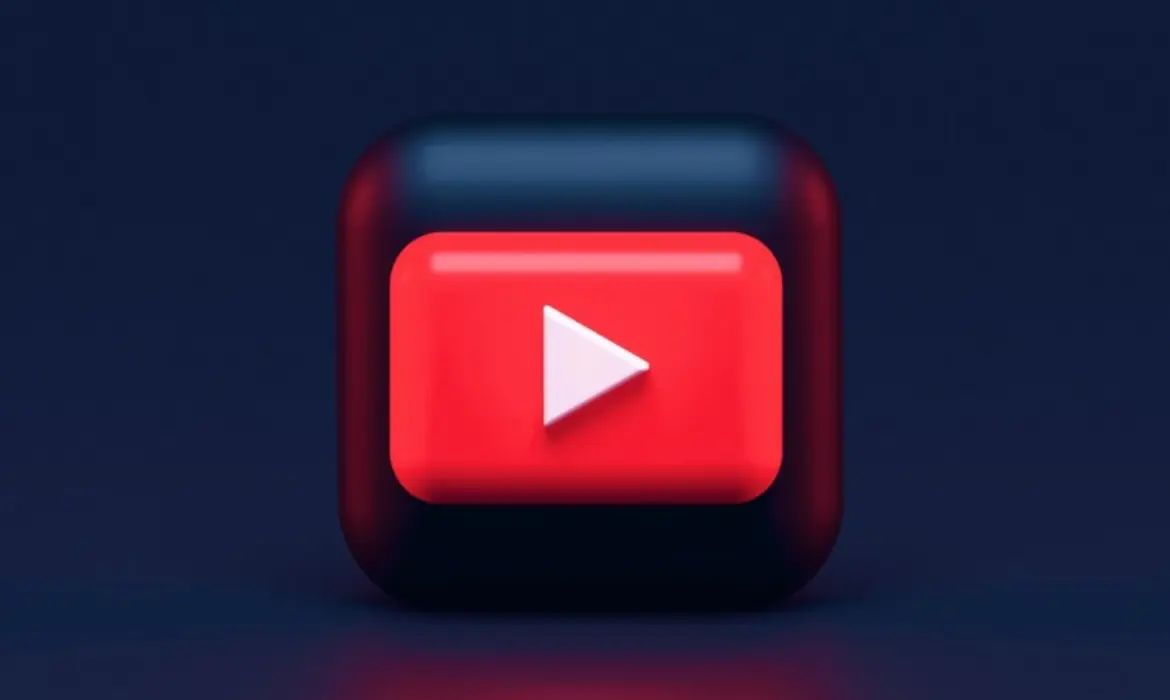

For a few years now, YouTube has been fighting against ad blockers. On the one hand, the platform has been attempting to encourage users of its free tier to upgrade to a Premium subscription plan in order to avoid advertisements. However, viewers have consistently blocked ads they find bothersome by using ad blockers. To combat ad blockers, YouTube is now thinking about testing server-side ad injection. This might result in intricate issues and unfavorable outcomes all around.
Full ad blockers face a larger issue with server-side ad injection, which YouTube has been attempting to address in a number of ways. Google then focused on third-party clients, which are common on mobile devices, following browser extensions. As usual, viewers are urged to sign up for YouTube Premium.
Since client-side advertisements are currently delivered independently to desktop and mobile devices, it is simple for ad blockers to intercept them. To get around ad blockers, YouTube is testing server-side ad injection on a small sample of users. With pre-inserted ads, the new technique makes it more difficult for ad-blocking software to identify and block videos before they reach the device. Because of this, features like sponsor block are interfered with as timestamps are offset by the duration of the ads.
Read More: White Rivers Media bags Silver at Campaign Global Agency of the Year
Server-side ad injections are being tested by the Google-owned video service, according to SponsorBlock, a crowdsourced extension to skip sponsored segments. A pop-up that YouTube introduced last year blocked users from watching videos unless they turned off their ad blockers. In essence, this indicates that the advertisement is no longer sent separately to the desktop web browser or mobile client; rather, it is now a component of the video that is being streamed to the device. Moving forward, there won’t be any difference between the ad and the video.
YouTube is currently experimenting with server-side ad injection. This means that the ad is being added directly into the video stream.
This breaks sponsorblock since now all timestamps are offset by the ad times.
— SponsorBlock (@sponsorblock@fosstodon.org) (@SponsorBlock) June 12, 2024
Read More: Record-Breaking Entries and Exciting Announcements for 42nd MADDYS 2024
As per TechCrunch’s report, a Google representative seemed to corroborate the experiment by indicating that the platform is improving its efficiency and reliability in providing both organic and sponsored video content. However, this may result in a less-than-optimal viewing experience for users who have ad blockers installed. Additionally, it was reported that YouTube is enhancing its service and dependability in providing users with both organic and sponsored video content through an update that may cause users of ad blockers to have less-than-ideal viewing experiences.
Google reiterated that using an ad blocker violates YouTube’s terms of service and suggested that users who want an ad-free experience purchase a YouTube Premium subscription. This is just the latest episode in a never-ending battle between YouTube and ad blockers, with the former constantly coming up with new ways to get around the latter’s attempts to adapt.
The implications and efficacy of this method at scale should be understood by YouTube developers, even though there aren’t many reports of this experimental change. Comments on some forums, such as the YouTube subreddits and Firefox forums, suggested that it might break timestamped chapter markers and video links. Nonetheless, the platform has the ability to offset subsequent timestamps because it is aware of the duration of the advertisements it will insert.
YouTube has used other strategic maneuvers in the fight against ad blockers before. It has been operating in the background to target third-party clients and browser extensions for the past year. Many users of third-party blockers saw the message “The following content is not available on this app” when the company cracked down on mobile ad blockers in April.
YouTube also intends to test a Notes feature that lets users annotate videos with additional information. This feature clarifies content such as parodies or old footage in an effort to lessen misinformation. The pilot will first be accessible in English on mobile devices in the United States.
Read More: Disney+ Hotstar launches the first Pause Ads feature on its CTV feed